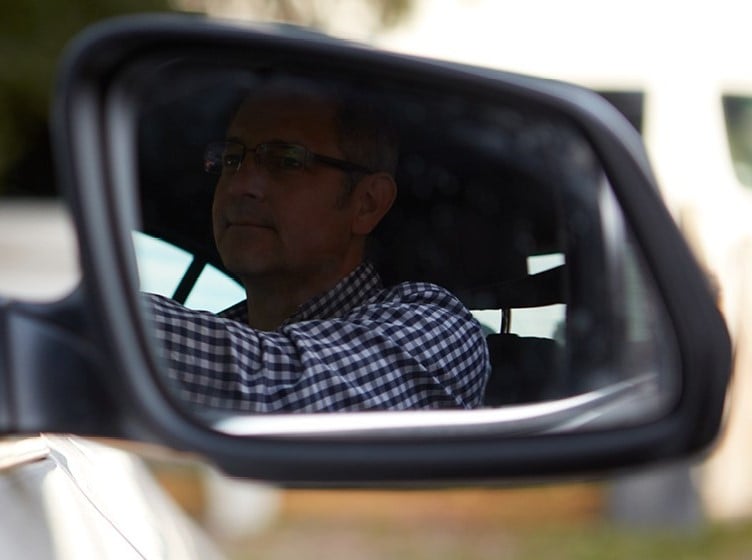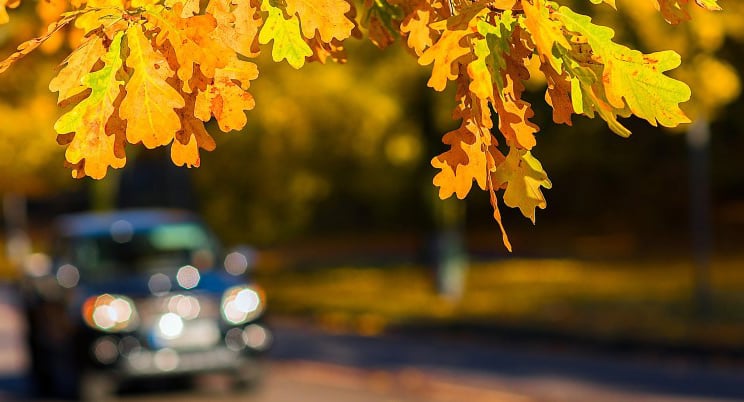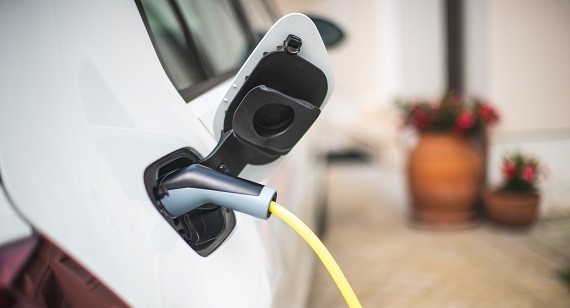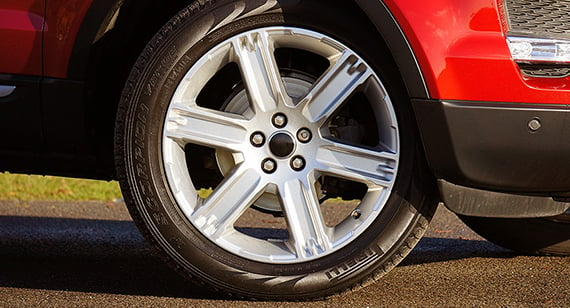Motoring
What to do if your car breaks down
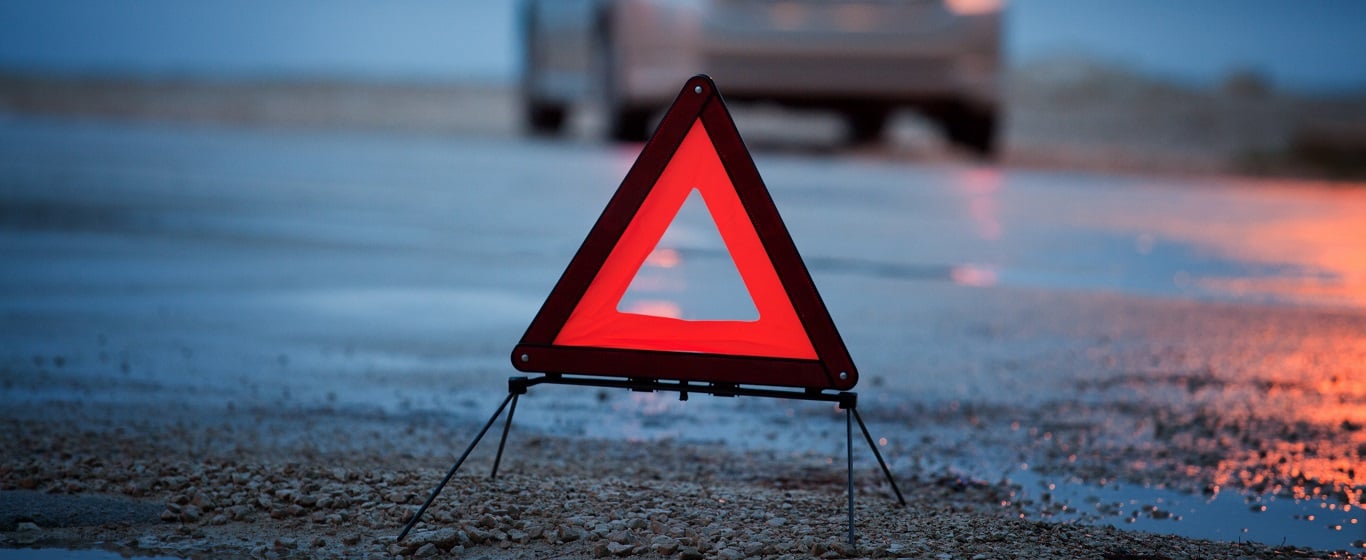
When your car breaks down it can be a worrying experience – particularly if you are in a busy flow of traffic – but there are steps to take which will help keep you safe.
Be prepared for a breakdown
Prevention is better than a cure and taking the following measures and steps can help avoid car problems or help you should a breakdown occur:
- Have your car regularly serviced and continuously carry out checks yourself
- Keep items such as a torch, warning triangle, reflective jacket, blanket and shovel in your boot, particularly in the winter months
- Always make sure your phone is fully charged before heading off on a long journey.
Warning signs
In addition to being prepared for a breakdown, you should also be on the lookout for warning signs that your car is experiencing issues. Signs to be aware of include:
- Warning lights and icons appearing on your dashboard. Do not ignore these, stop at a safe place to carry out basic checks and consult your vehicle’s handbook to identify the problem
- Listen for any unusual noises, or if you feel any strange vibrations then slow down and find a safe place to stop and seek advice.
What to do if you break down
Our Car Insurance includes Mutual Assist breakdown cover provided by the RAC as standard (if you breakdown more than 1/4 mile from home and includes local recovery up to 20 miles if your car cannot be repaired at the roadside). However, before you call us for assistance there are a number of steps you should take to stay safe if you break down:
- Don’t panic! Try to move away from moving traffic, in a lay-by, service station or on a hard shoulder (with your wheels turned to the left). If this isn’t possible then pull over as far to the left as you can and put on your hazard lights
- If it’s safe to do so, place a red warning triangle at least 45m (147 ft) behind your vehicle (do not use these on the hard shoulder of a motorway)
- Leave your car. All passengers should exit from the passenger side away from traffic, leave pets inside and the door unlocked
- Find a safe place to stand, ideally behind a barrier or if you’re on the motorway move up the bank
- If it isn’t safe to get out the car, call the police with your location and keep your seatbelt on
- Freephone the highways authority by following the arrows on the posts next to the hard shoulder to the nearest emergency telephone, placed at one-mile intervals
- Use your own phone to contact your breakdown service provider and always face oncoming traffic when using the phone.
Breaking down in a rural location
Getting stuck in the middle of nowhere presents its own challenges. Rural roads may be quieter, but they can also present visibility problems – sharp corners, tall hedges, overgrown trees and a lack of lighting can all create hazards for you and other drivers.
If your car develops a fault the following steps can help keep you safe:
- Find a safe place to stop which is off the road itself (e.g. lay-bys or side roads). If this isn’t possible try to minimise your obstruction to other drivers, by pulling over as far as possible to the side of the road
- Switch off your engine and switch on your hazard and side lights
- You and your passengers should leave the car and find a safe refuge, wearing a reflective jacket will improve your visibility
- Once safe, consider placing a warning triangle behind your car
- Phone your breakdown service, if you don’t have signal you will need to find the nearest public telephone or a spot with phone reception
- If you don’t know the area, make note of any signs that will help your breakdown service locate you.
Should you break down, in any location, the immediate priority should be the safety of you, your passengers - if you are carrying any - and other road users. Once this has been ensured you can then begin steps to repair or recover your vehicle.
